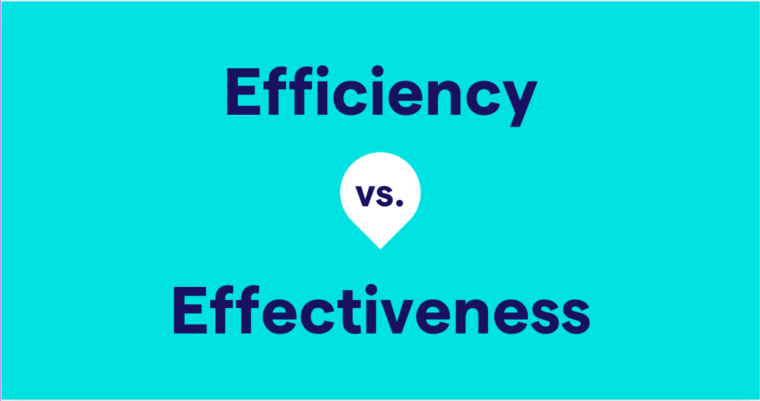- Use between when referring to one-to-one relationships.
- Use among when referring to indistinct or nonspecific relationships.
We already touched on the difference between between and among when we talked about the difference between among and amongst. But let’s take a closer look at these two commonly confused words. We might even dispel a grammar myth in the process.
When to Use Between
There’s a common and oddly persistent belief that between should be used only when there are two elements, and among should be used when there are more than two elements. But this rule is a myth—or, to be more charitable, it’s a great oversimplification. You can use between when there are more than two elements involved:
In fact, you can use between for any number of elements, as long as all the elements are separate and distinct. According to The Chicago Manual of Style, you can even use between when “multiple one-to-one relationships are understood from the context”:
When describing spatial relationships, between usually means in the middle of something, or in the space restricted by something:
When to Use Among
Among is used when talking about people or things that are not distinct and are viewed as a group:
Among could indicate that something belongs to a group:
When referring to spatial relationships, among tells us that something is surrounded by something else:
Examples
![]()






